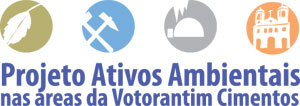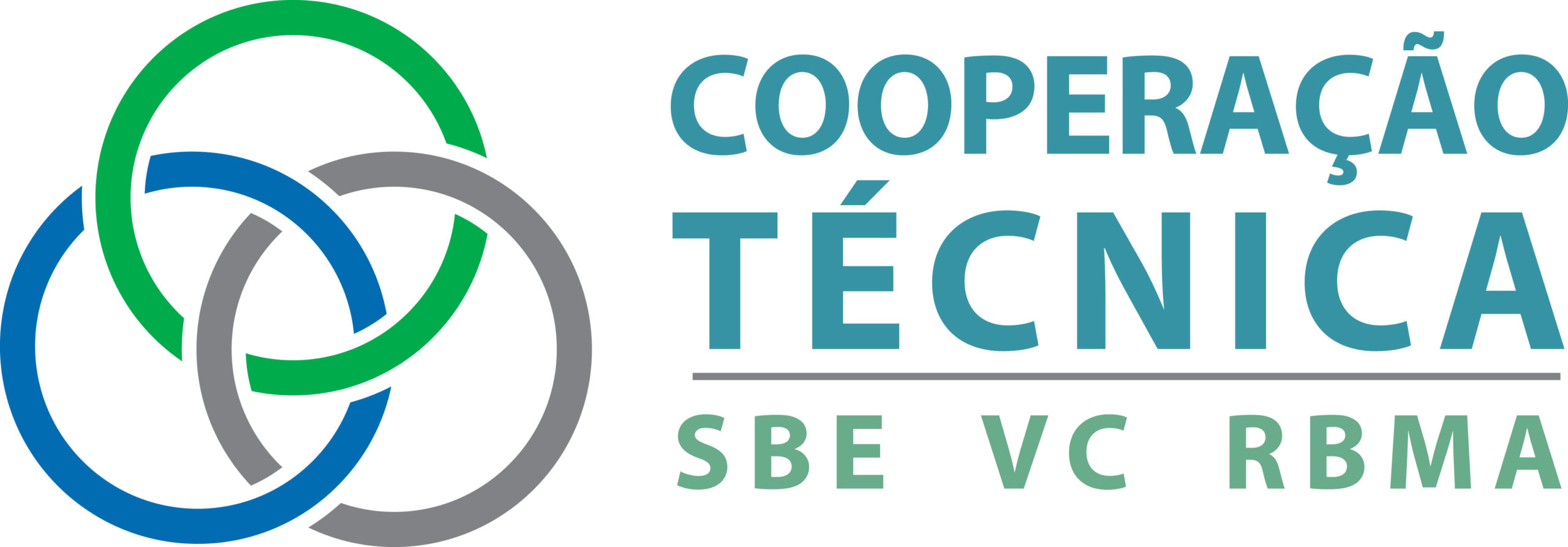Objetives
The project of Assets, part of the Technical Cooperation of the Program for the convervation and management of caves, karstic areas, and the Atlantic Coastal Rain Forest , is developed by the Biosphere Reserve of the Atlantic Coastal Rain Forest and was designed to propose sustainable actcions linked to the mining of limestone and to social and Environmental aspects of the property of Votorantim Cimentos in Brazil. (To download the PDF of SLMP click in the cover image below)
Included in the specific objectives are the following:
1 – Characterization and diagnosis of the environmental assests in the areas s3elected for the project.
2 – Development of a specific methodology for the identification and valuation of Environmental assests for mining undertakings, with special emphasis on karst areas and the Atlantic Coastal Rain Forest.
3 – Proposal of a ploan for sustainable territorial management (PGTS) for pilot areas of Votorantim Cimentos, with emphasis on its conservation and sustainable sue, generating zones for each of the properties and the development of recommendations for its implementation.
Once the project is finishge, a new instruments should be available for making decisions for undertakings with a territorial base, including conceptual fundamentals, with a conceptual and methodological basis for conservation and the sustainable use of related Environmental and isntitutional assests.
What are environmental and institutional assets?

Environmental assets are characterized by natural and cultural resources existing in the areas of the company, those who offer Environmental services for the undertaking itself, such as the supply of water, genetic variation, the offering of opportunities for pleasureand touruism, and the maintenance of the carbon stock.
Environmental Assets considered in this study
1 – Carbon Stock (regulation of gases and climate regulation)
2 – Hydric resources (function of furnishing of water and hydric regulation)
3 – Habitat (function of shelter and/or support for biodiversity
4 – Genetic resources and biodiversiity (furnishing genetic resources)
5 – Species of special interest (funciton of food, medicinal resources,financial resources and raw materials)
6 – Artistic, cultlural, touristic, archaeological and spiritual heritage (cultural, artistic, spiritual and historical information)
7 – Others depending on the specific case in question (e.g. retention of sediments)
The policies, projects and actions developed by the company by the management of the envio9rnmental assets are considered to be institutional assets, which make up (or should make up) its environmental culture.
Institutional Assets considered in this study
1 – Integrated planning and management of the socioEnvironmental heritage
2 – Integrated system of environmental information
3 – Environment to monitoring
4 – Protection and control of the resources of the property
5 – Team of workers and capacitation in relation to norms and behavior.
6 – Efforts to develop socio-environmental projects and their approval by the target public.
7 – Recreation, tourism, and environmental education
8 – Plan for sustainable territorial management (PGTS)
Ten of the twenty-four units of Votorantim Cimentos involved in the extraction of calcite in the ~Cimesa). These two areas were chosen o the basis of the criteria of geographical distribution, type of undertaking, and potentials for envionrmental assets.
Expected benefits of the PGTS
1 – Based on the identifrication and characterization of the assets, the plan is to establish strategies for utilization of the assets cited, considering the following:
2 – Guarantee the Environmental adequation of the properties
3 – Compensate for the existing Environmental liabilities
4 – Make possible (encourage?) good relations between company, and the local population and institutions
5 – Improve the institutional image of the company in the face of the society in general
6 – Contribute to meeting the needs of eventual new licenses [Facilitate obtention??]
7 – Obtain financial resources for environmental and other services
8 – Contribute to the restructuring/improvement of the SGA??? of the company
9 – Provide subsidies for the Guide to good practices in mining in karst areas via concrete experie3nces, a aproject under development by the Technical Cooperation
Utilize the pilot areas as centers for capacitation in sustainability for employees, collaborators, suppliers, and partners of Votorantim Cimentos.
Team responsible for the Project assets
General Coordenation: Clayton Ferreira Lino/RBMA
Executive Coordination of the IA-RBMA: Ana Lopez
Executive coordination of the Estação Floresta: José Antonio Basso Scaleante
Scientific-Technical Coordination: Ana Carolina Linardi
Executive coordination of Votorantin Cimentos: Regiane Veloso
Team of CCRG/Ribeirão Grande and the team of CIMESA/Laranjeiras



